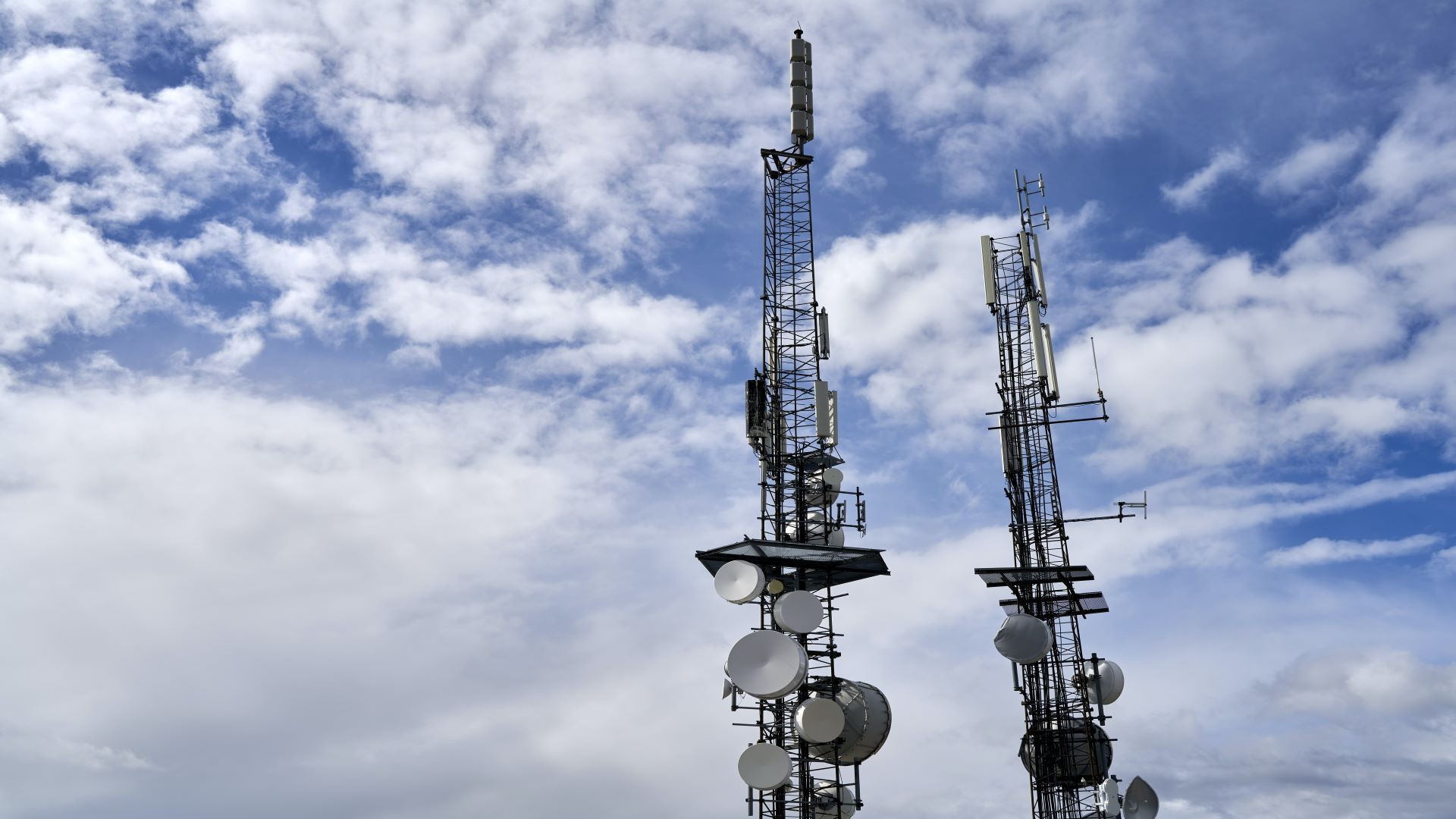Request a
Quote
Everyday technology is evolving; computers are getting faster, cars are getting smarter, and communications are more accessible than ever before. Network connection plays a primary role in the development and growth of all technology. Without advanced network connections, VR and AI technology would not exist or would be largely inaccessible to the public.
Less than two years ago, 5G or fifth-generation networks seemed impossible. From airplane interference to updating cell towers, 5G was considered light-years away. Nevertheless, it is now our reality. With 5G technology, humans around the world can connect with one another faster than ever before.
If 5G was so hard to accomplish, then how are we already considering the transition to 6G, and what is 6G?
The answer is quite simple: we need to. If we want to continue this fast-paced upward trajectory of growth in technology, then the networks need to match that pace. 6G will allow for technology—specifically in communications—to grow with the needs of our societies. Read this article to learn more about the latest developments of 6G.
What is 6G?
6G, also known as, 6th generation wireless, will be the newest and highest level of network or wireless connection. This network will use higher frequencies than 5G which will provide higher network capacities and lower latency (transfer delays) (TechTarget).
This new generation of wireless will support mobile communications, automated cars, smart-home networks, and so much more (High-Speed Internet). These technologies already work well; however, there is always room to improve. One area people, especially those in communications and business, are looking to improve is data transfer rates.
6G projections show this network working at a maximum speed of one terabyte per second; this speed is 100 times faster than 5G (High-Speed Internet). The speed of 6G will be a significant improvement in the critical communications community.
To achieve this speed, 6G technology will function on EHF or the extremely high-frequency spectrum. EHF delivers ultra-high speeds and significantly higher capacity levels compared to other network frequencies.
In addition to EHF, 6G will use an integrated mobile edge computing technology, rather than an add-on like 5G (In Compliance). Edge computing will allow for 6G to function at these top speeds and rates because it provides low latency, high bandwidth, trusted computing and storage, and more.
Powerful edge servers will be deployed as an intermediate layer to provide localized and ultra-low latency processing for real-time applications. Therefore, 6G will notably improve the technology for critical communications situations.
6G is the stepping stone to a future where communication is completely accessible. The COVID-19 pandemic put the importance of communication at the forefront of the societal conversation. With the 6G network, specialists around the world have more freedom to create the technology necessary to make communications simple and accessible even in the most challenging times—like a global pandemic.
What are the Benefits of 6G?
There are several benefits to implementing a 6G network around the world. With 5G—VR and AI technology are more accessible, interconnected smart cities and farms exist, intelligent robotics are in factories, vehicle-to-vehicle communications are used, and more (Lifewire). A 6G network will make the above technology even stronger from extra network support and data transfers.
6G will provide instant communication for phones, computers, wearable devices, and robotics. It will manifest as high-speed internet. This will make information transfer rates quicker, more reliable, and most importantly—more secure.
According to Homeland Security, the 6G network will issue enhanced scalability, greater use of the radio spectrum, and dynamic access to different connection types. As stated above, these features will create greater reliability and limit drops in connection more often than any network prior to 6G.
There will be less breakage in communication when operating on a 6G network, not only because of the expanded use of the radio spectrum but also because of the different connection types. Devices compatible with the 6G network will be able to “…use multiple connections concurrently (e.g., Wi-Fi and cellular) to stay connected even if one source is interrupted” (Homeland Security).
To put this in perspective—most two-way radios in use can operate on either wi-fi OR a 3G, 4G, or 5G (etc.) network. However, they cannot operate on BOTH at once. Therefore, when your radio is using a wi-fi network, and that network fails there is a lag time whilst the radio attempts to connect to a cellular network.
With 6G, this lag time will be decreased significantly or in some cases, eradicated. As first responders, construction workers, manufacturers, and more, you know the gravity of a minute of no communication holds.
When will 6G be Available to Customers?
In many ways, it is “crazy” to be even considering 6G since 5G has not been fully implemented. Nevertheless, it is always a necessity for humanity to be looking into the future and considering the possibilities.
As stated by the Science and Technology department for Homeland Security, “As telecommunication companies continue to implement 5G—and research 6G…understanding the technology needed to operate these new networks and the devices that can and will connect to them becomes vital for understanding and predicting the future of wireless connectivity”.
When predicting the timeline for 6G becoming publicly available, it is important to consider how any network generation—especially modern ones—develops. 5G, although it feels new, has been available since 2017 and 2018. It was not until this year, 2022, that the public began experiencing the significant improvements that 5G brings to technology such as AI and VR.
Below, is a representation of how network generations progress over time.

Chart from: “5G evolution toward 5G advanced: An overview of 3GPP releases 17 and 18” by Ericsson Technology Review.
According to the above chart, 6G Basic will not be available until 2027-2028. Consumers may not experience the impacts of 6G until later like the progression of 5G. In the beginning, 6G will most likely be accessible to emergency workers, the military, and other necessary users.
Consequently, the two-way radios and other communications technology that will be developed to be used on 6G networks will most likely not become widely available or usable until 2030 (Lifewire). Cellular providers like Verizon and AT&T are still putting up the necessary towers to make 5G widely accessible; therefore, the application of 6G is going to take time.
Again, although 6G is estimated as 7 or more years away, it is important for critical communications communities to begin discussing the possibilities. The more discussions and knowledge dispersed, the more engineers and telecommunications workers can understand what the larger society needs to access from 6G.
...
By 2030, our world will be very different from 6G. This new network is going to open doors for a variety of professions and life as we know it. The critical communications community will have easy access to new technologies that allow for safe, quick, and reliable communication.
Every day, all across the world, communication is a necessity for leading a safe and prosperous life. 6G will allow for clear communications to become a normal expectation rather than a wish. We hope this article gave you the necessary information needed to understand the beginnings and future of 6G.
Works Cited
“5G evolution toward 5G advanced: An overview of 3GPP releases 17 and 18” –Ericsson Technology
“5G/6G Wireless Networks” Homeland Security
“6G: What It Is & When to Expect It” Lifewire
“THE 6G FUTURE: HOW 6G WILL TRANSFORM OUR LIVES” In Compliance
“What is 6G and What Will It Look Like? High-Speed Internet
“What is 6G? Overview of 6G networks & technology” TechTarget




